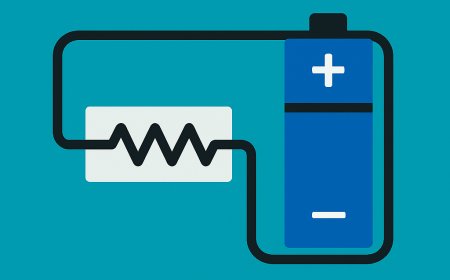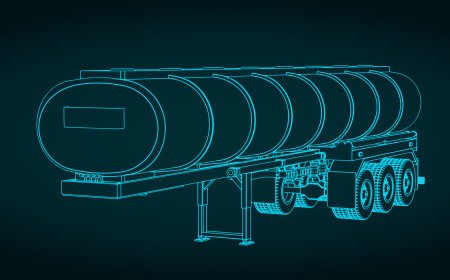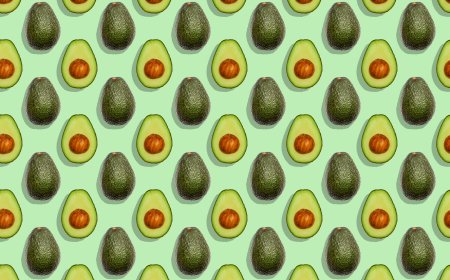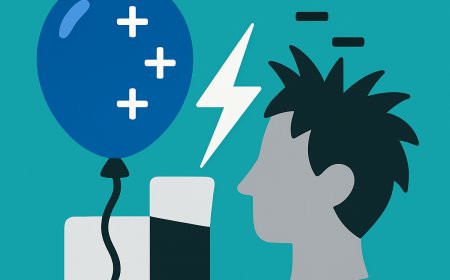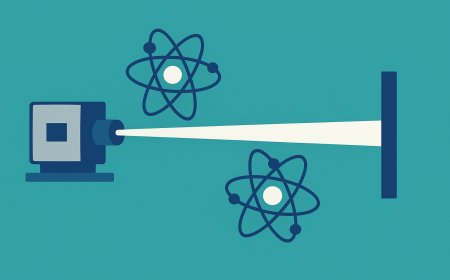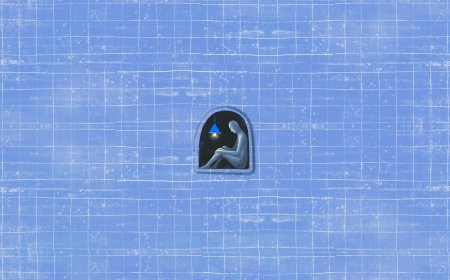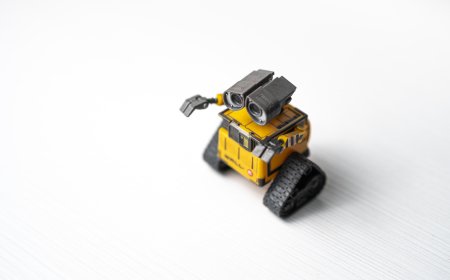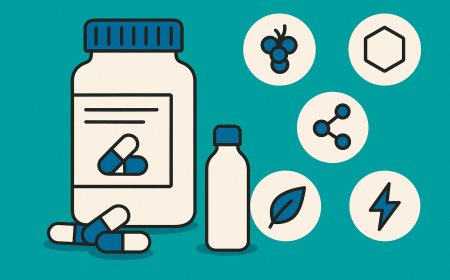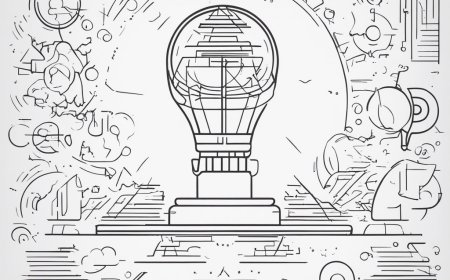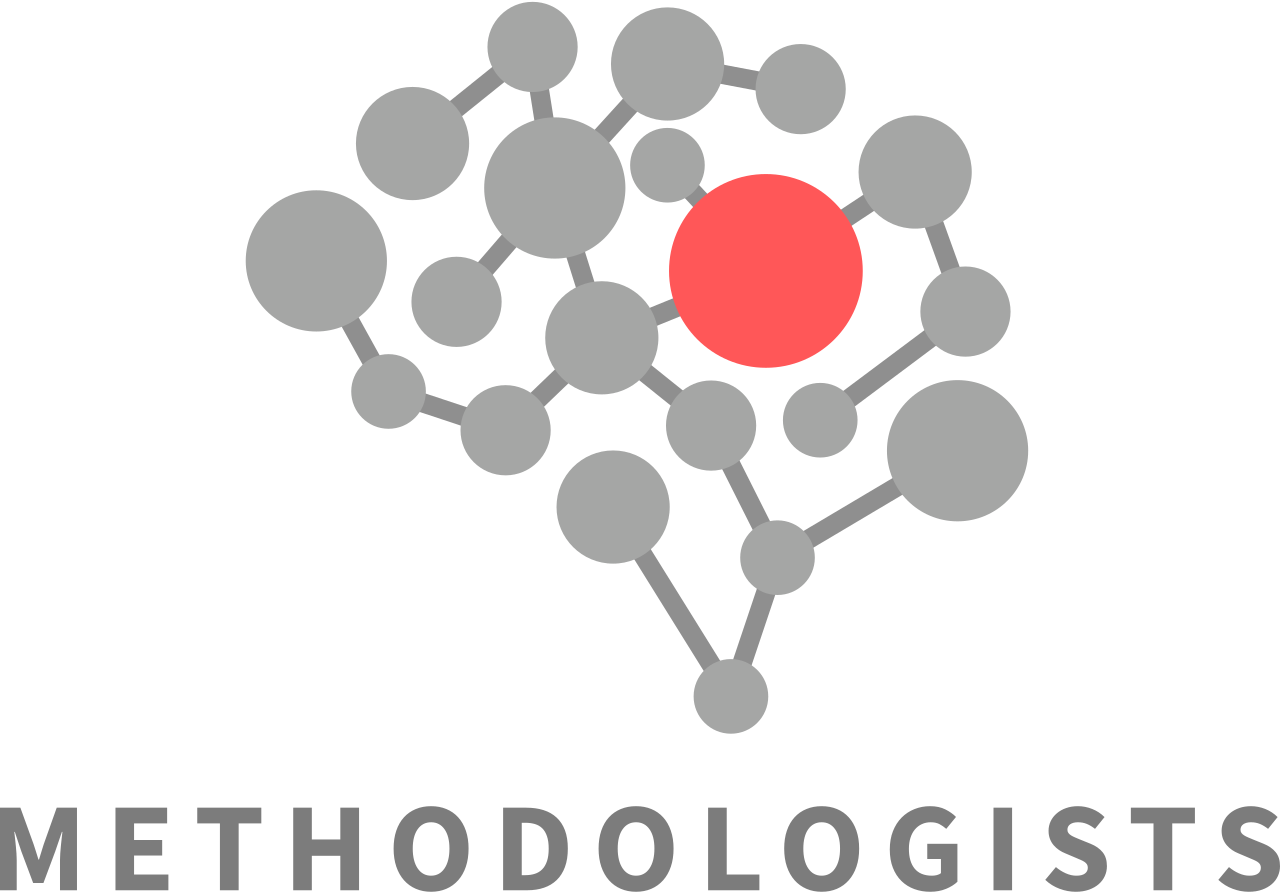Physics in Everyday Life: Simple Concepts Explained for Kids
Physics is everywhere! From the moment we wake up until we go to bed, we interact with the world in countless ways. At its core, physics is the study of how things work, and understanding simple concepts can help us make sense of the world around us. In this article, we'll explore some of the everyday physics concepts that make our lives easier, safer, and more fun. Are you ready to dive into the mystery science of everyday life?
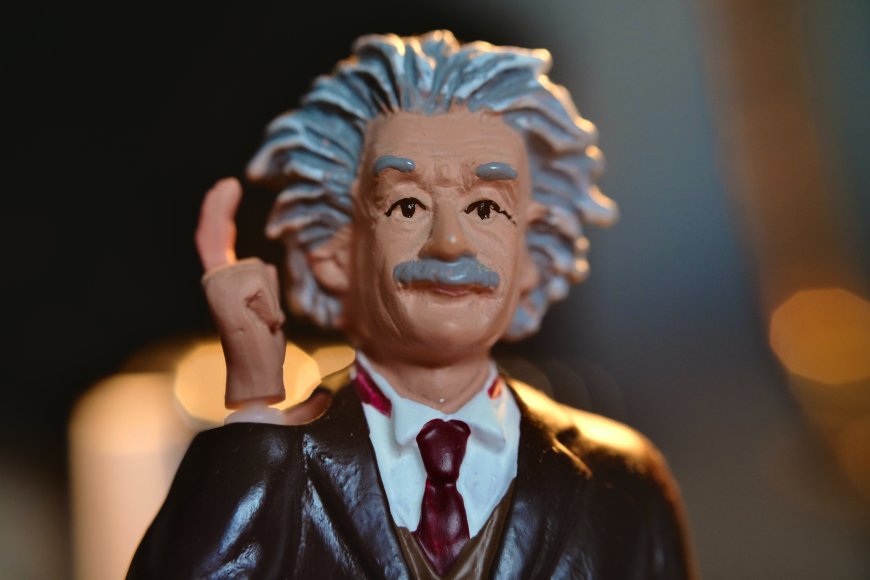
The Force of Gravity: Why Things Fall
Have you ever wondered why objects fall to the ground when you drop them? It's all because of gravity, an invisible force that pulls objects toward each other. Sir Isaac Newton, a famous scientist, discovered this force and the laws of motion that explain how objects move.
Gravity keeps us grounded on Earth and makes sure things stay in place, like your backpack on your chair or a cup on a table. Without gravity, everything would float around, and we'd have a hard time doing everyday tasks!
"The Force" is a term that can have different meanings, but let's focus on making it easy for kids to understand. We'll cover the concept of force in the context of physics and also introduce the fictional concept of "The Force" in the Star Wars movies.
Force in Physics:
In the world around us, a force is a push or a pull that can make objects move, change direction, speed up, slow down, or change shape. Here are some easy examples of forces that kids can understand:
-
Gravity: Gravity is a force that pulls all objects towards each other. On Earth, gravity pulls everything towards the ground, making sure we stay on our feet and don't float away!
-
Friction: Friction is a force that acts between two surfaces that are rubbing against each other. It works against the motion, making it harder to slide or roll things. For example, friction helps our shoes grip the ground when we walk or run. Without friction, we'd slip and slide everywhere!
-
Magnetic Force: Some objects, like magnets, have a magnetic force that can either attract or repel other objects. This force is invisible but can be felt when you try to push two magnets together, and they either stick or push each other away.
-
Muscle Force: Our muscles help us move by applying force. When we push or pull something, like opening a door or lifting a backpack, our muscles are using force to make it happen.
Teaching kids about forces can help them understand why things move or behave the way they do and develop an appreciation for the science behind everyday experiences.
"The Force" in Star Wars:
In the Star Wars movies, "The Force" is a special, invisible power that exists in all living things. Some characters, like Jedi knights and Sith lords, can use The Force to do amazing things, such as moving objects without touching them, controlling other people's minds, or seeing into the future.
"The Force" in Star Wars is a fun and exciting way for kids to imagine having special powers, and it can spark their interest in science fiction and storytelling. While The Force is a fictional concept, it can inspire kids to think about the real forces that exist in our world and how they shape our lives.
Friction: The Invisible Hand That Slows Things Down
Next time you ride your bike, pay attention to the sensation of your tires rolling on the ground. That's friction at work! Friction is a force that acts in the opposite direction of a moving object, trying to slow it down or stop it.
Friction is essential for many things in our lives, like walking (without friction, we'd slip and slide everywhere!), writing with a pencil, or stopping a car. Different materials have different levels of friction, which is why rubber-soled shoes have better grip than shoes with smooth soles!
The term "invisible" can have various meanings depending on the context. In this article, we've mentioned invisible forces like gravity and friction, which are crucial to understanding how the world around us works. Let's explore these concepts further and touch upon some other invisible phenomena in our everyday lives.
-
Gravity: Gravity is an invisible force that attracts objects with mass towards each other. It's the reason why objects fall to the ground when dropped, and it holds us, the atmosphere, and everything else on Earth's surface. It also governs the motion of celestial bodies like the Moon, planets, and stars. Gravity is a fundamental force in the universe and was described by Sir Isaac Newton in his law of universal gravitation.
-
Friction: Friction is another invisible force that acts between two surfaces in contact, resisting their relative motion. It's essential for many everyday activities, like walking, writing, or stopping a moving vehicle. Friction can be divided into two main types:
- Static friction: The force that resists the start of relative motion between two surfaces. It's the reason why it takes some effort to start pushing a heavy object.
- Kinetic friction: The force that opposes the relative motion between two surfaces already in motion. It's what slows down a moving object when no more force is applied.
-
Magnetic fields: Magnetic fields are invisible lines of force that surround magnets and moving electric charges. They're responsible for the attractive and repulsive forces between magnets and the interaction between magnets and certain materials, like iron. Magnetic fields play a significant role in technologies like generators, motors, and magnetic resonance imaging (MRI).
-
Electric fields: Electric fields are invisible lines of force that surround charged particles and objects. They exert force on other charged particles within the field, causing them to experience attraction or repulsion. Electric fields are crucial for understanding how electric charges interact and are fundamental in technologies like batteries, capacitors, and electric circuits.
-
Radio waves: Radio waves are invisible electromagnetic waves that carry information through the air. They have a wide range of frequencies and wavelengths, and they're used in various communication technologies like radio broadcasting, television, and mobile phones. Radio waves are just one part of the electromagnetic spectrum, which also includes microwaves, infrared light, visible light, ultraviolet light, X-rays, and gamma rays.
These invisible forces and phenomena are critical to understanding and explaining the world around us. By studying and harnessing these forces, we can develop new technologies, improve existing ones, and continue to make our lives more convenient and efficient.
Simple Machines: Making Work Easier
Simple machines are tools that make work easier. They help us lift, move, and work with objects more efficiently. There are six types of simple machines: lever, pulley, wheel and axle, inclined plane, wedge, and screw. Simple machines are tools that help us perform tasks more efficiently. They can be found all around us, and they make our lives easier in many ways. Here's a more detailed look at the six types of simple machines:
-
-
Lever: A lever is a rigid bar or beam that pivots on a fixed point called the fulcrum. Levers help us lift or move objects with less effort by multiplying the force we apply. There are three classes of levers, depending on the position of the fulcrum, effort, and load (the object being moved):
- First-class lever: The fulcrum is between the effort and the load, like a seesaw or a crowbar.
- Second-class lever: The load is between the fulcrum and the effort, like a wheelbarrow or a nutcracker.
- Third-class lever: The effort is between the fulcrum and the load, like a pair of tweezers or a broom.
-
Pulley: A pulley consists of a wheel with a groove around its edge, through which a rope, cable, or belt runs. Pulleys can change the direction of the force applied and make it easier to lift heavy objects. There are two main types of pulleys:
- Fixed pulley: The pulley is fixed in place and only changes the direction of the force, like a flagpole pulley.
- Movable pulley: The pulley moves with the load, effectively reducing the amount of force needed to lift the object. By combining fixed and movable pulleys, you can create a pulley system that requires even less effort to lift heavy loads.
-
Wheel and axle: A wheel and axle is a combination of a circular wheel attached to a smaller, cylindrical axle. When the wheel rotates, the axle rotates too, and vice versa. This simple machine helps us move objects more easily by reducing friction and increasing the distance over which the force is applied. Examples include bicycles, cars, and doorknobs.
-
Inclined plane: An inclined plane is a flat, sloping surface that helps us move objects from a lower level to a higher level. Instead of lifting an object straight up, the inclined plane allows us to push or pull it up the slope, requiring less force. Examples of inclined planes are ramps, staircases, and slides.
-
Wedge: A wedge is a triangular-shaped tool that's used to separate, lift, or hold objects in place. When force is applied to the thick end of the wedge, it's transferred to the thin end, which exerts a greater force over a smaller area. Examples of wedges include knives, axes, and doorstops.
-
Screw: A screw is an inclined plane wrapped around a cylinder or a cone. The grooves or threads on the screw convert rotational motion into linear motion, allowing us to hold objects together or lift them with less effort. Examples include screws used in construction, bottle caps, and corkscrews.
-
These simple machines are the foundation of more complex machines we use every day, like cars, elevators, and even our own bodies!
Light and Reflection: How We See the World
We see the world around us because of light. Light travels in waves and can be absorbed, reflected, or transmitted by objects. When light bounces off an object and enters our eyes, our brains interpret the information, allowing us to see.
Reflection is what happens when light bounces off a surface, like a mirror. Smooth surfaces, like mirrors or still water, can create clear reflections. Try this experiment: Shine a flashlight at a mirror and see how the light bounces off to create a reflection!
Sound Waves: How We Hear
Sound is created by vibrations that travel through the air and reach our ears. These vibrations are called sound waves. When an object vibrates, it creates pressure waves in the air that our ears interpret as sound.
Different objects produce different sounds because they vibrate at different frequencies. High-frequency vibrations create high-pitched sounds, like a flute, while low-frequency vibrations create low-pitched sounds, like a bass drum.
Understanding the mystery science of everyday life doesn't have to be daunting. By learning about simple physics concepts like gravity, friction, simple machines, light, and sound, kids can make sense of the world around them and develop a deeper appreciation for the wonders of science. So keep exploring and asking questions, because there's always more to discover!
Disclaimer: The image(s) featured in this article are for illustrative purposes only and may not directly depict the specific concepts, situations, or individuals discussed in the content. Their purpose is to enhance the reader's understanding and visual experience. Please do not interpret the images as literal representations of the topics addressed.
What's Your Reaction?













